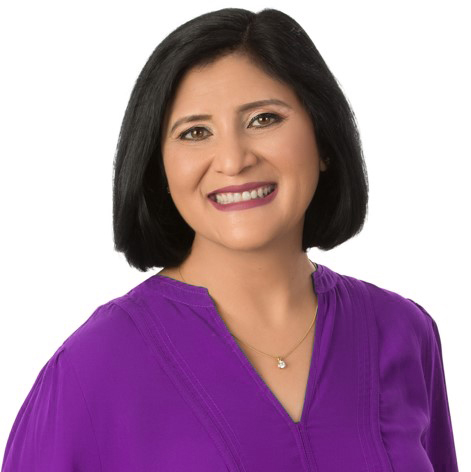

By Divya Parekh
Women make up approximately 50 percent of the U.S. population. As in many other countries, both employed and non-employed women in the U.S. are the primary caregivers, home economists and make the majority of household decisions. Even though half of the population is comprised of women, they remain underrepresented in vital areas like finance, business and government.
According to the National Center for Education Statistics, U.S. institutions awarded 57 percent of the bachelor’s degrees to women. Thus, women have outpaced men in earning college degrees. Studies show that women tend to understand the co-relation of a college degree and earnings in later life. Moreover, studies show there are pay inequities between male and female employees in the same or similar positions. Even though women in professional fields make up the majority of the workforce, men occupy most of the leadership positions. The State of the Gender Pay Gap 2019 studies researched the median salary for men and women irrespective of type or level of the job. The findings show that women earn 79 cents for every dollar earned by men. It is essential to answer the questions about pay and leadership disparity between genders, and what can women do about the issue?
Women need to ask questions, evaluate and analyze the situation mindfully, identify the gap, set goals, strategize action plan, implement the right strategy, assess what works well and what does not work well and adjust the course as needed.
It is important to consider questions like:
•Is the organizational culture conducive to women’s growth?
•Is there a lack of opportunity for advancement for all women in the organization?
•Is there a gender disparity in salary, bonuses, overtime opportunities and stock options?
•Do men get promoted faster than women for the same position?
•Do women wait for an extended period to ask for promotions?
•Do the performance reviews involve subjective or objective criteria?
•Do women negotiate raises and starting salaries as often as men?
•Do women get relegated to pink-collar jobs?
•Do women experience setbacks due to caring for children and family?
Some helpful tips for closing the gap:
•Determine what you need and want to learn and where you want to be in one, two, three, and five years.
•Set goals for your career advancement and identify barriers for goal achievement
•Create a roadmap to achieve your goals.
•Network within and outside the organization.
•Building robust relationships with key influencers such that they champion for you even when you are not present in the room.
•Research various networking groups geared for women at different organizational levels (management, I.T., administration, entry.)
•Take the initiative to join or start a relevant women’s peer networking group. A networking group can be a valuable resource for support and development, provide training on how to negotiate salary and non-salary compensations as well as how to reconcile maternity and career goals and be the playground to connect with a mentor or women who have already achieved the goals you want to accomplish.
•Keep a record of emails, texts and notes received from peers, boss and colleagues for a job well done.
•Research women-centered websites like Fairy Godboss and Ladies if you are planning to apply for a new position or getting ready to ask for a raise. Such sites will help you determine the competitive wages for a comparable job.
•Before going for negotiations, define your agreement criteria: desired figure that you would happily agree to; compromise figure is a lowered figure along with non-salary compensations like bonus, stock options, vacations or something else; and walk-away figure where you are ready to take action like walking away from the job or take other action.
Divya Parekh is an influence architect, business leadership coach and international speaker. She has coached thousands across 90 countries to brave their perfectly imperfect individualism and marry it with collectivism for the greater good. Divya is a passionate human being who believes there is an influencer in everyone. She is committed to helping people move through the transformational journey of an expert to authority to becoming a leading influencer for the rest of their lives!



